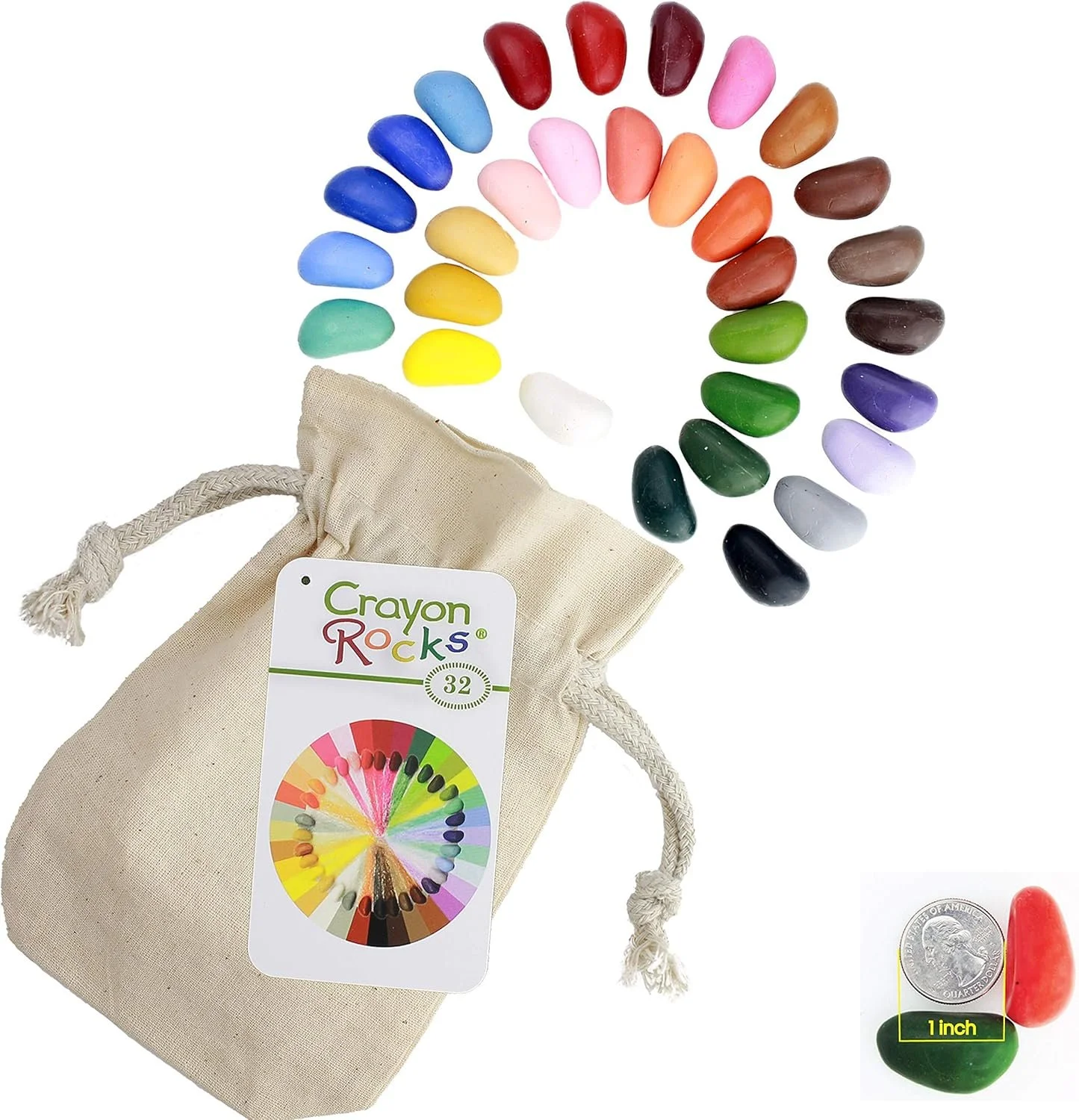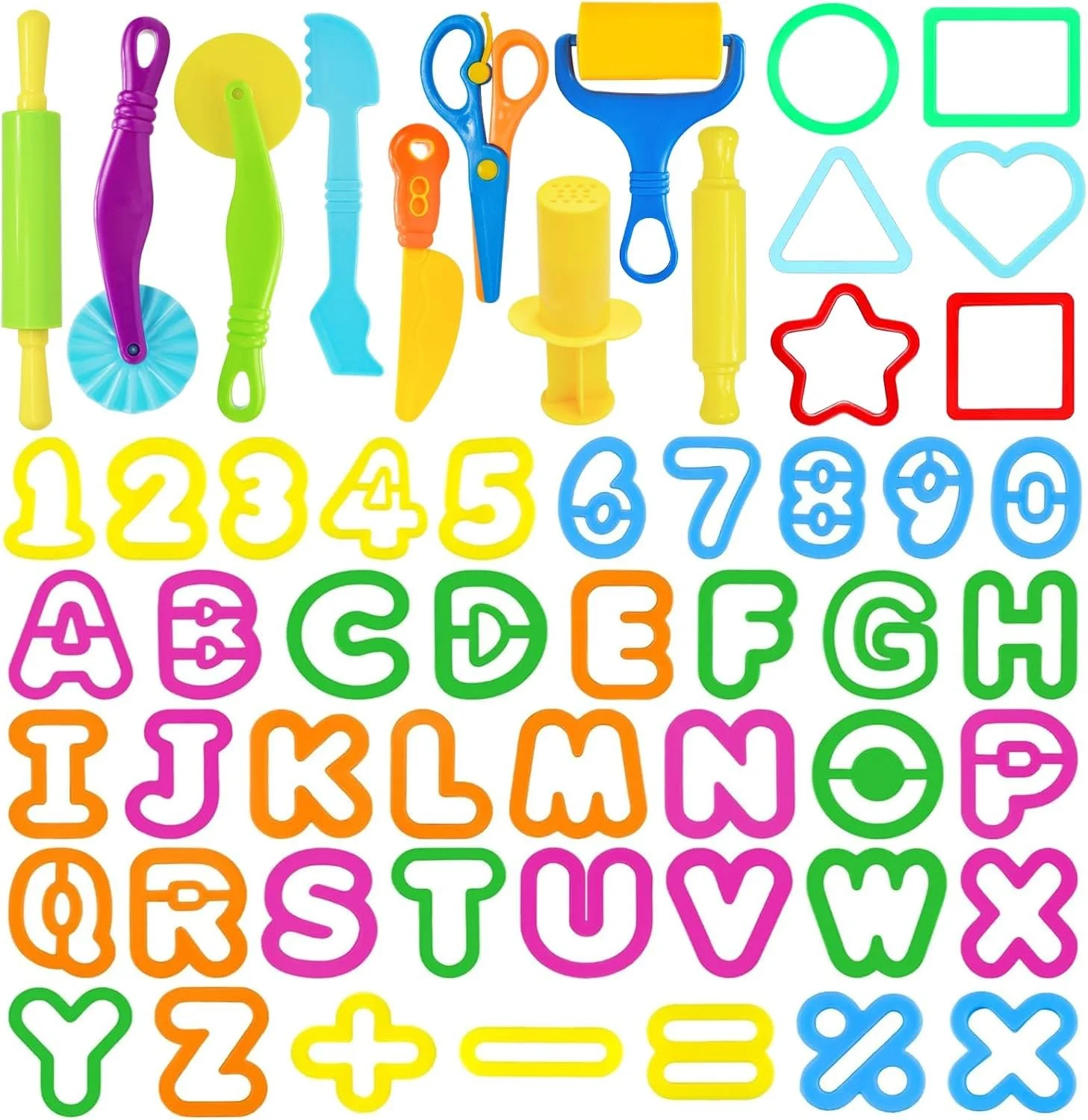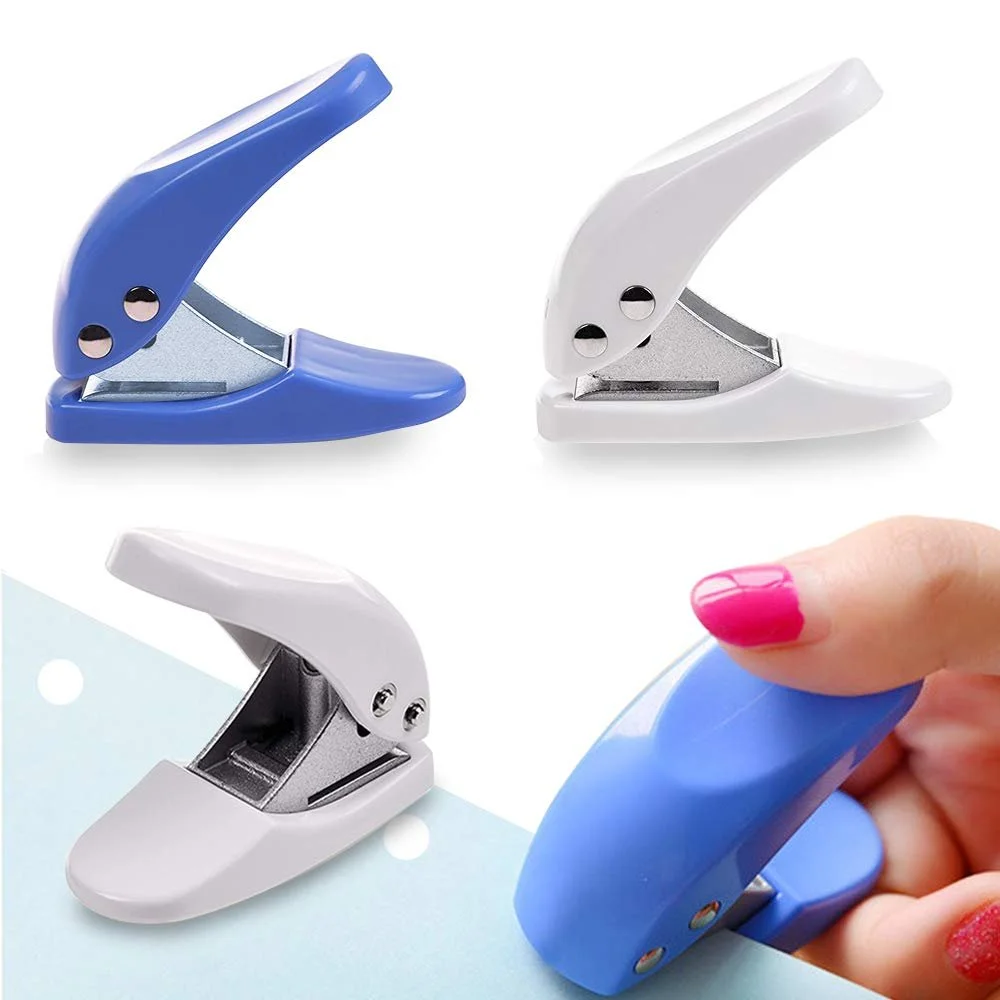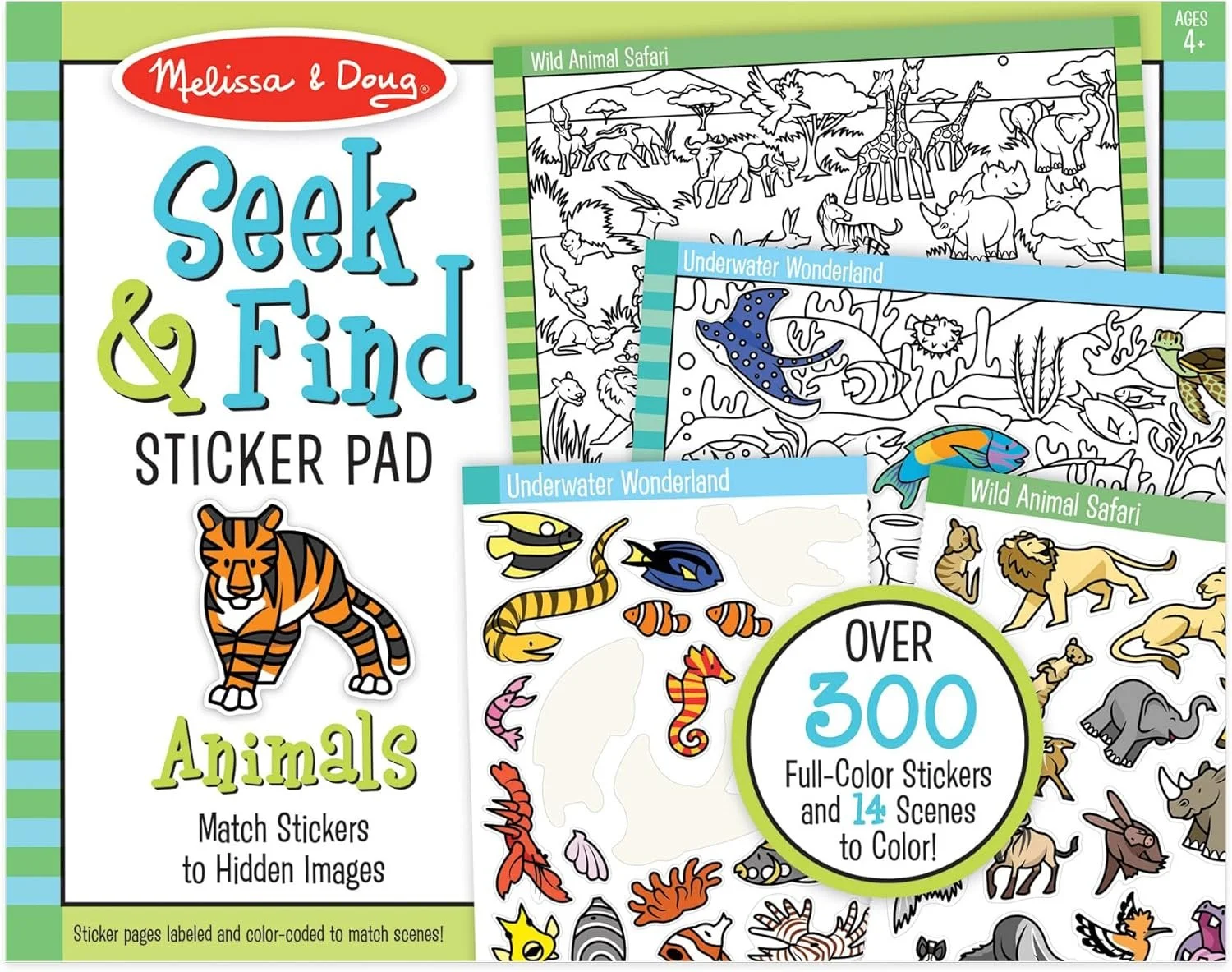5 Must-Have Tools to Boost Your Child’s Fine Motor Skills
As a pediatric occupational therapist, I often hear from parents who want to support their child's fine motor development but feel unsure where to start.
The good news? You don’t need fancy equipment or a therapy gym. Many of the most effective tools are simple, affordable, and easy to use at home.
Below are five tried-and-true tools I recommend to families all the time. These materials can be used in playful, engaging ways to strengthen your child’s hands and fingers, improve coordination, and build the skills needed for handwriting, self-care, and school success.
1. Fine Motor Tool Set (Tongs, Tweezers & More)
This fine motor tool set is perfect for little hands. It includes a fun variety of tools—like tweezers, scoopers, and droppers—that all promote hand strengthening and coordination.
These tools help children develop the muscles needed for writing, dressing, and other everyday tasks - all through engaging, hands-on activities.
📝 Pro Tip: Add these to a sensory bin! Hide small objects in rice, beans, or water beads and let your child scoop, pinch, and grab their way to stronger hands.
2. Crayon rocks
These are one of my absolute favorite early writing tools. Their small, pebble-like shape fits naturally in a child’s hand and encourages a tripod grasp—a key foundation for writing.
Crayon Rocks are smooth, vibrant, and fun to use, making them a great choice for kids of all ages working on hand strength, pencil grasp, and fine motor control. Whether your child is just starting to scribble or refining their coloring skills, these crayons support development through creative play.
📝 Pro Tip: Keep a small basket of these in your child’s art area to encourage regular practice without overwhelming them. Let them explore freely through drawing and coloring.
3. Playdoh + Tools
Squeezing, pinching, rolling, and shaping dough gives little hands an incredible workout. It strengthens the small muscles in the hands and fingers while supporting sensory development and creativity.
This play dough tool set is one of my favorites—it includes a great variety of rollers, cutters, and presses that keep kids engaged while encouraging hand strengthening through play.
📝 Pro Tip: Make your own playdoh at home! It’s a fun bonding activity, it tends to last longer, and there are tons of easy recipes online.
4. Hole Punchers
Hole punchers are fantastic for building hand strength and precision. Kids love hole punching—it’s a fun, hands-on activity that encourages coordination while developing the muscles needed for writing, cutting, and other fine motor tasks.
📝 Pro Tip: Challenge your child to punch holes in colorful paper strips or make patterns—it turns fine motor practice into a creative game!
5. Sticker Books
Peeling and placing stickers might seem simple, but it’s a powerful way to strengthen finger muscles, improve coordination, and build pincer grasp—all essential for writing and self-care skills. And the best part? Kids love it.
This sticker activity book is full of colorful, engaging pages that keep little hands busy while sneaking in fine motor practice.
📝 Pro Tip: Keep sticker books on hand for car rides, waiting rooms, or quiet time—easy, mess-free fine motor work on the go.
Final Thoughts
Fine motor development doesn’t have to be complicated—or expensive. With just a few simple tools, you can support your child’s progress in a fun, playful way.
Strong fine motor skills lay the foundation for success in handwriting, dressing, feeding, and more.
If you’re looking for personalized support or activity ideas tailored to your child, feel free to connect with me:
📧 Email: info@finemotorfoundationsnc.com
📷 Instagram: @finemotorfoundations
Affiliate Disclosure
As an Amazon Associate, I earn from qualifying purchases. This post may contain affiliate links, which means I may receive a small commission—at no extra cost to you—if you make a purchase through one of the links. I only recommend products I genuinely love and use in my work as a pediatric occupational therapist.






